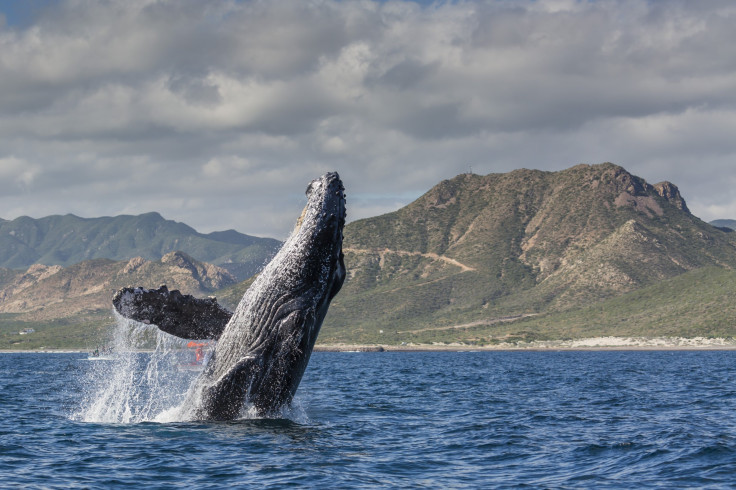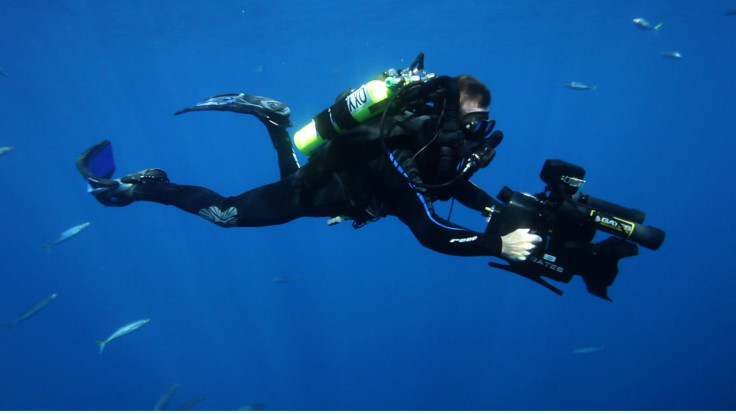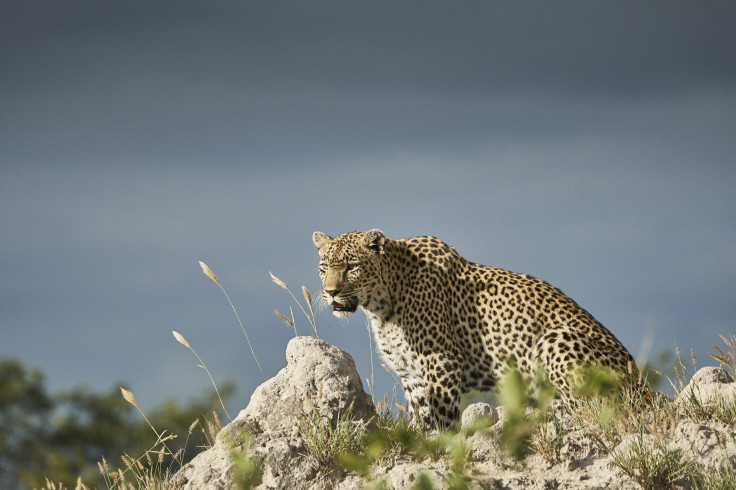‘Earth Live’ On National Geographic: When And How To Watch Online Or On TV

National Geographic is hosting an epic event for nature lovers. “Earth Live,” the network’s new one night special, will take viewers to dozens of countries to see wildlife in real time. The two-hour event is the easiest way to see the world right from your couch.
Viewers can watch “Earth Live” on TV or online. Those watching on TV will want to tune in at 8 p.m. EDT on Sunday, July 9. Those on the west coast won’t have to wait. It’ll air at 5 p.m. PDT. Of course, the program will air on National Geographic, but viewers can also see it on the Nat Geo WILD and Nat Geo MUNDO channels.
READ: 5 Animals Closest To Extinct Today
If you want to watch online, you can go to National Geographic’s website and click Live TV. Internet users can watch “Earth Live” via live stream as it airs on TV. However, the website requires a username and password from your cable provider.
“Earth Live” is set to be an unforgettable event. “Glee” alum Jane Lynch and “Amazing Race” host Phil Keoghan will host from a New York studio, but the cameras are distributed across six continents and 18 time zones. Among the locales and creatures seen will be:
- Millions of Mexican free-tailed bats in Bracken Cave, Texas
- Bullsharks among coral reefs in Fiji
- Lions waiting for migrating herds in Maasai Mara, Kenya
- Hanuman langurs searching for food in Jodhpur, India
- Humpback whales in Alaska, where scientists are trying to capture whale DNA with a drone called the “snot-bot.”
- Hyenas in Ethiopia
- Weaver ants and crocodiles in Australia
- Macaques in Thailand
- Wolverines in Finland
Of course, National Geographic is sending out their best cinematographers for “Earth Live.” Emmy-winning cinematographer Bob Poole will be filming Hyenas with ultra-lowlight camera technology. Cinematographer Sophie Darlington is using military-grade thermal imaging cameras to reveal the lions’ hunting strategy in Kenya. National Geographic photographer Steve Winter will follow a rare cat called the ocelot. Sandesh Kadur, a National Geographic explorer, will focus on the langurs in India while Emmy Award-winning cinematographer Andy Casagrande will film the bull sharks in Fiji.

READ: Man Catches 964-Pound Tiger Shark That Nearly Sinks His Boat
It isn’t just the cinematographers who are top notch. National Geographic Explorer-in-Residence Dr. Robert Ballard, who discovered the RMS Titanic, will take viewers into the depths of California’s oceans. In the studio with Lynch and Keoghan will be animal expert, zoologist and naturalist Chris Packham.
“Earth Live” is a global event, and that is not just because the cameras are everywhere. The world can watch as well. It will be simulcast to 171 countries in 45 languages.
The live footage isn’t over when “Earth Live” ends, though. “Safari Live: Migration” will air a sneak peek of the new season immediately after “Earth Live” ends at 10 p.m. EDT. Sarfari Live will stick to Kenya’s Maasai Mara. Instead of covering lions, however, the program will look at the great wildebeest migration. New episodes of the series air Fridays at 10 p.m. EDT on National Geographic.

© Copyright IBTimes 2024. All rights reserved.











